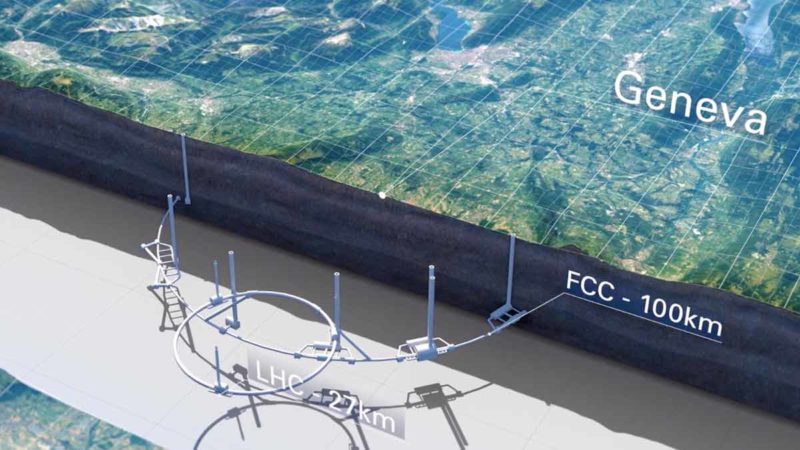This gigantic particle accelerator could require “vast amounts” of niobium, tin and titanium
Mining
Mining
The colossal Future Circular Collider project – eventual successor to the world famous Large Hadron Collider (LHC) — could need ‘vast amounts” of superconducting material such as niobium, tin, and titanium.
The European Organization for Nuclear Research (CERN) have released a conceptual design for the Future Circular Collider, which will succeed the LHC near Geneva, Switzerland when it comes to the end of its life around 2035.
The LHC – the world largest and most power particle accelerator — consists of a 27km ring of superconducting magnets up to 175m under the surface of the earth.
The Future Circular Collider will be four times larger.
Check this out:

Roskill says that the LHC (smaller circle on the bottom left) used niobium-titanium superconductor for its electrical and mechanical properties.
In total, the LHC required about 7000km of niobium-titanium wire.
READ: The niobium price is going up and these ASX small caps could benefit
Niobium-tin wire was then selected for a project upgrade because it can operate at higher temperatures and carry higher currents than niobium-titanium materials – but it is also brittle and hard to fabricate, according to Roskill.
“Whichever superconducting material is selected for the job, the new FCC supercollider project will require vast amounts,” Roskill says.
The superconducting wire and magnet R&D will be one of the first items to be addressed in the Future Circular Collider implementation timeline, which starts in 2020.